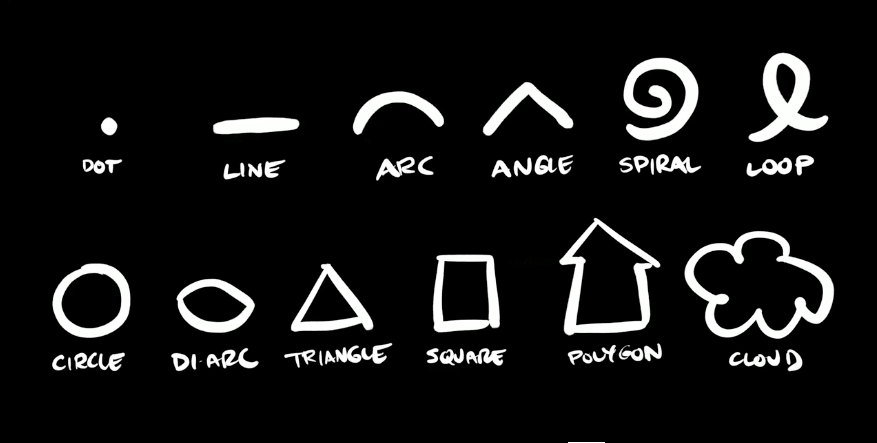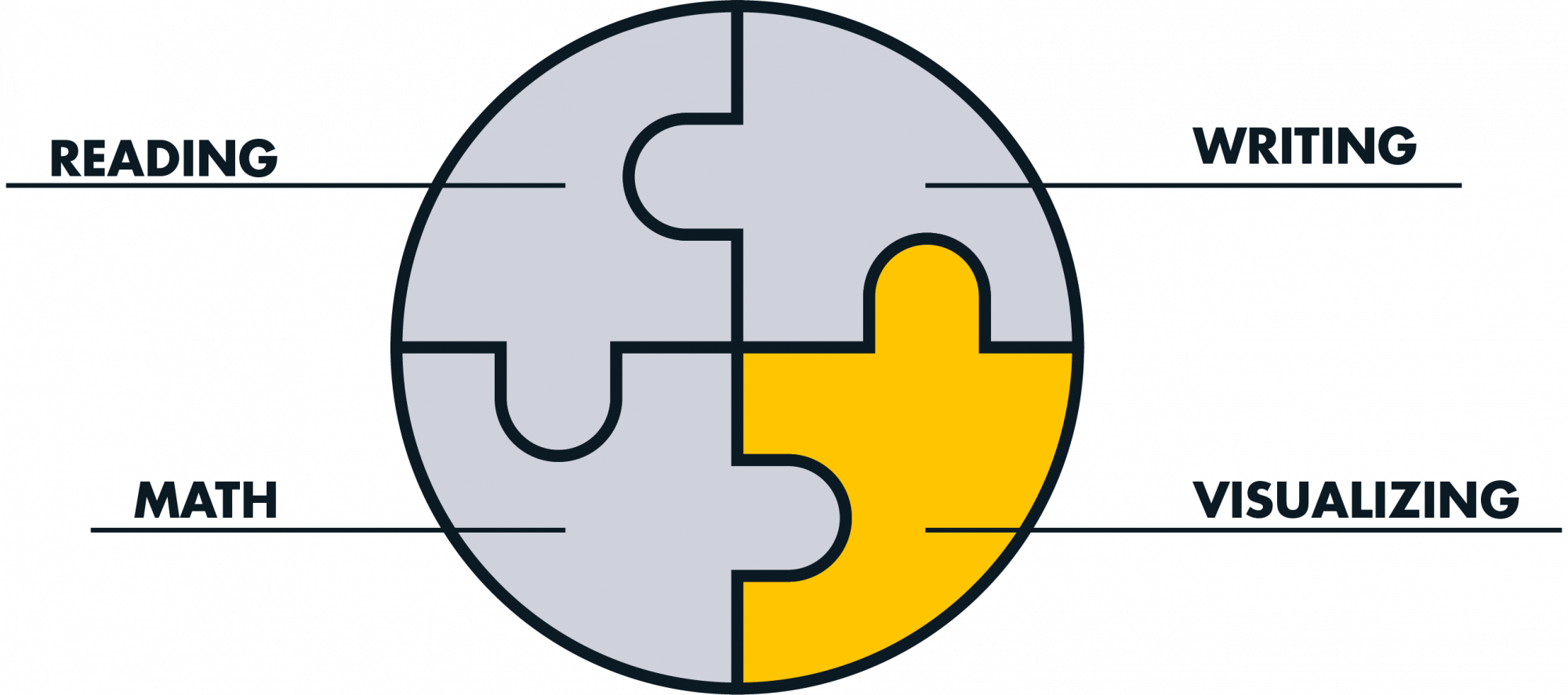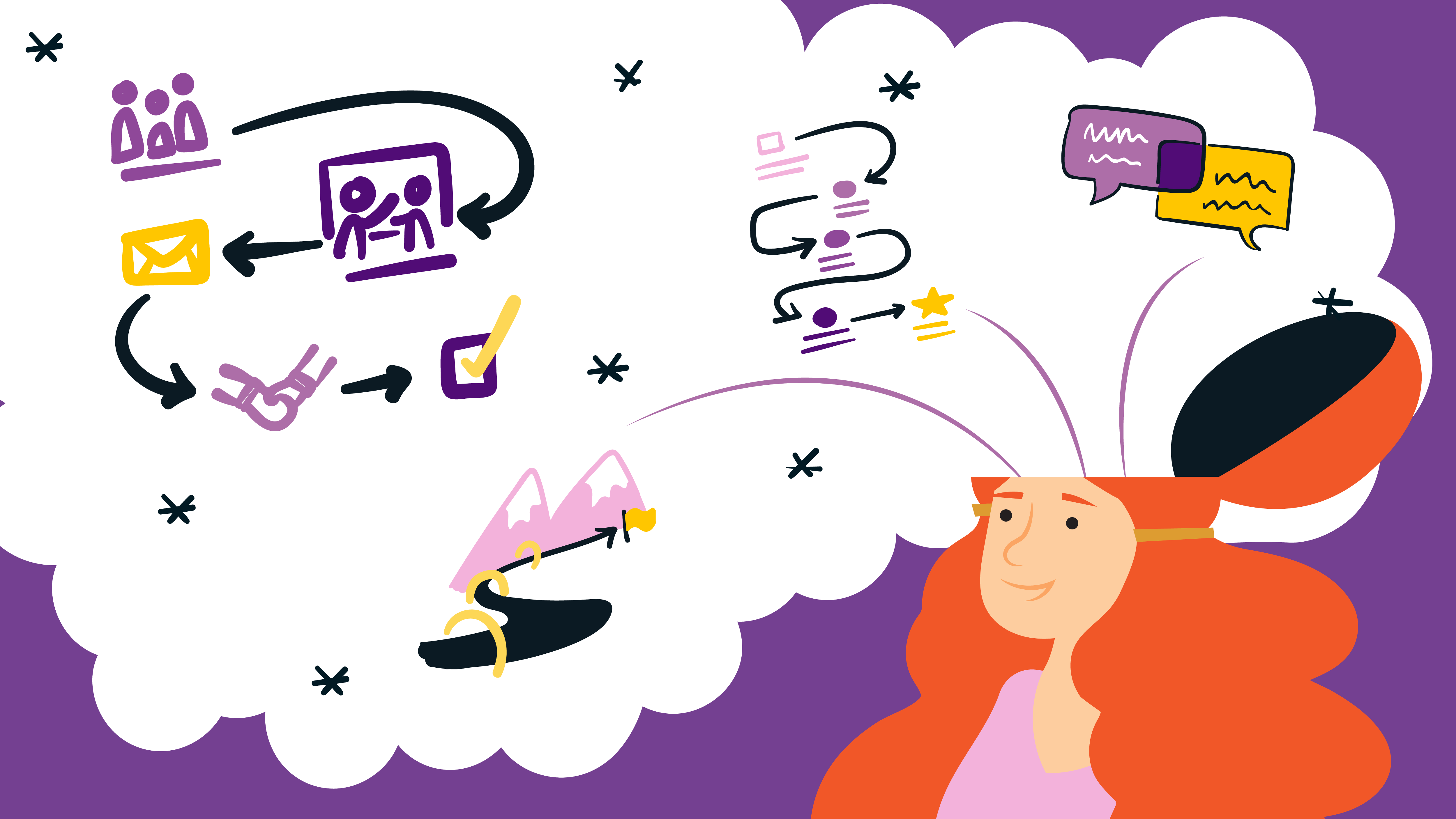If you’ve ever drawn a picture to explain what you’re talking about, used sticky notes to brainstorm ideas, or moved salt and pepper shakers around a table to tell a story, you’ve used visual thinking.
Feeling a bit disconnected from your team these days? Casting about for a surefire way to bridge the gap and light a fire under critical initiatives?
Rather than go through the litany of reasons we’re feeling disconnected, we want to offer a simple solution that’s already in your toolbelt—the ability to make your thinking visible.
Radically Change How You Connect and Collaborate
This superskill—called visual thinking—can radically change how we connect and collaborate. Visual thinking can create alignment and understanding, clearly illustrate new methods or processes, and help shift ways of working within your organization.
Best of all, it’s already something you do every day using tables and simple diagrams to organize your thoughts.
To supercharge your visual thinking skills and transform your collaboration efforts from endless churning to tangible and actionable ideas, all you need is added confidence and practice with the basic building blocks of visual thinking.
Not an Artist? Not a Problem!
What separates scribblers from great visual thinkers is not the ability to create great works of art but a skill at organizing thoughts in ways that quickly convey meaning, tell a story, and move people through ideas—all at the speed of sight.
Human beings are a sight species. Sight is our superpower. The biggest web of sensory connections in our brains is between our cortex, and our eyes.
Malcom Gladwell
The Building Blocks of Visual Thinking
These elements of visual facilitation can be unlocked by practicing one of the basic building blocks explored in our Visual Thinking Bootcamp—the visual alphabet.
In the early 2000s, XPLANE founder Dave Gray embarked on a deep exploration into 5,000 years of signs and symbols to find a common visual language that could be used to teach visual literacy.
Enter the visual alphabet.

Think of any language, whether it be a spoken language, musical annotation, programming, etc. All begin with an alphabet of shapes that, when put together in certain ways, can create meaning.
The visual alphabet provides a simple set of glyphs—characters or symbols—that can be used to build up your drawing skills and create just about anything you can imagine.
The Missing Core Competency
As you can hear from this interview with Dave Gray, visualizing is a core competency rarely taught but fundamental to the way we communicate.

This could not be truer in our hybrid world, when working out loud and being able to share your thoughts clearly and persuasively in short bursts is invaluable to leading and co-creating with teams.
A Methodology That Elevates Thinking and Breaks Down Challenges
Whether you’re illustrating ideas or using a simple framework with sticky notes to work through a challenge, visual thinking helps teams better follow one another’s thinking, build on each other’s ideas, and see possibilities and disconnects clearly.
Using the visual alphabet to experiment with simple visuals, XPLANE’s Visual Thinking Bootcamp dives into several exercises that encourage participants to experiment and simplify how they approach drawing, storytelling, and defining processes and systems in their world.
It’s a great way to unlock your team’s creativity and improve collaboration, communication, and connection—all with the flourish of a pen or stylus.
Additional Resources
- Ramp Up Your Visual Literacy: How to Encourage Online Collaboration, Alignment, and Engagement
- Curb the Chaos: Visual Frameworks for Collaborative Sensemaking
- What is Visual Thinking?
- Make Your Meetings More Engaging With This Mighty Super Skill
- Who Should Attend? What Skills Will You Learn?
- 30 Minutes of Sketch Notes
